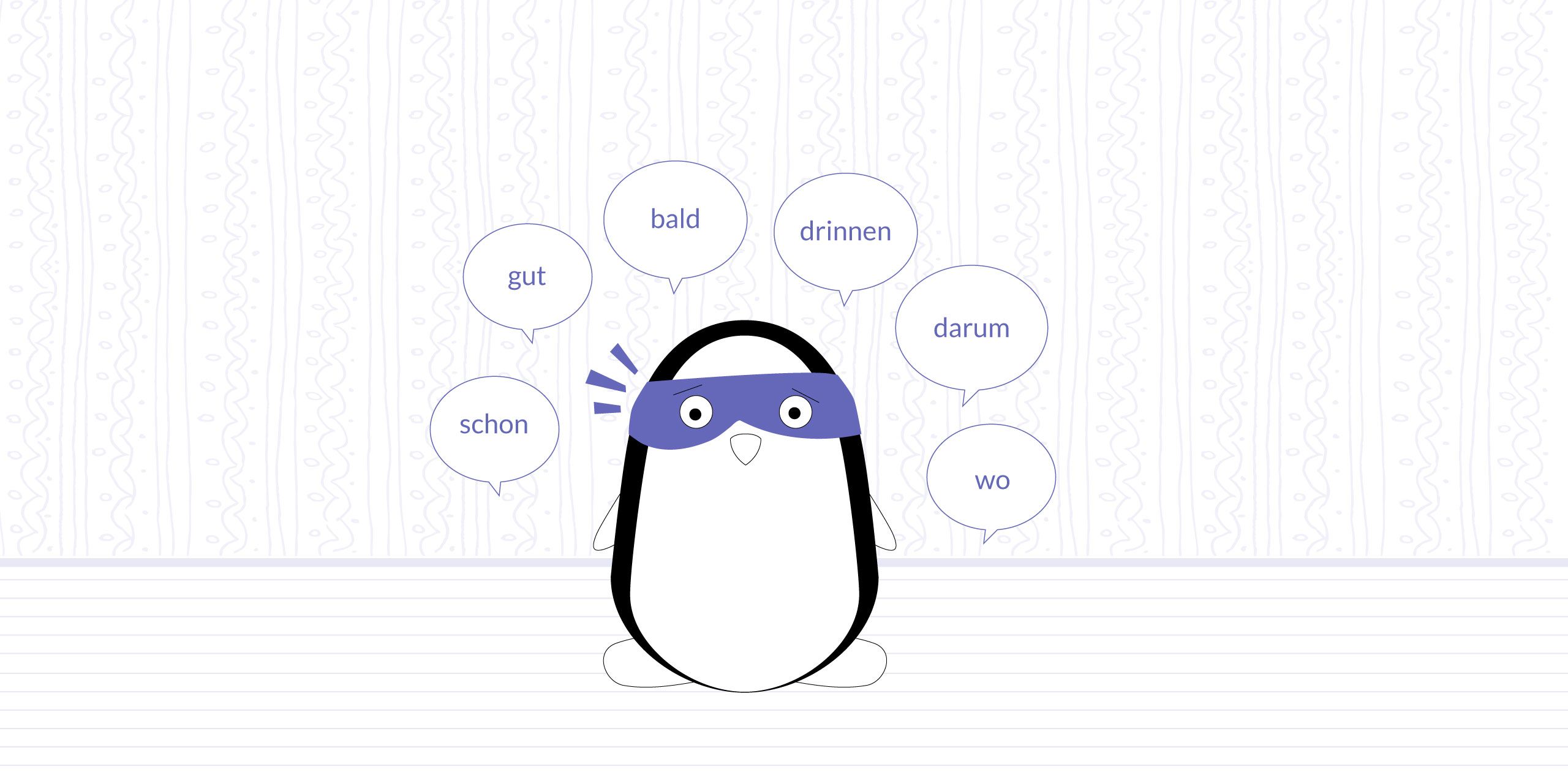
Learning a foreign language can be challenging – especially when we're talking about German. There are new grammar rules to learn, vocabulary to memorize, and pronunciation to master. And, even though the use of adverbs shouldn't be as much of a challenge as, for example, the case system, they still can be confusing sometimes.
In this article, we'll help you grasp the fundamentals of adverbs in German. Let's explore how they are formed and used, as well as looking at some examples for a better understanding of their purpose and significance. So, whether you simply want to learn how to say “very” in German or master the complex sentence structure, read on!
Learn German with Langster
What Are Adverbs?
An adverb is a part of speech that modifies verbs, adjectives, or other adverbs. In German, as in English, they are typically placed either before or after the word that they are modifying. Some common examples of adverbs in German include schon (already), schnell (quickly), and leise (quietly).
Adverbs can be formed in several ways in German. Most adverbs are formed from nouns and adjectives used as adverbs in the sentence. In that case, you simply take the word and put it in place of an adverb, without changing the ending:
German
English
Er war schick angezogen.
He was stylishly dressed.
In some cases, we add the suffixes -weise or -sweise to the noun. Adverbs created this way do not directly comment on the verb.
German
English
Wir kamen nur schrittweise voran.
We were making progress very gradually.
Finally, a small group of adverbs are created by adding -erweise to an uninflected adjective. These are mostly used to express a speaker's opinion.
German
English
Das haben wir glücklicherweise rechtzeitig bemerkt.
Fortunately, we noticed it in time.
Adverbs vs. Adjectives
How are adverbs different from adjectives? These two parts of speech can be tricky to distinguish in the German language, since most adverbs are simply adjectives functioning as adverbs.
Fortunately, there is a simple tip for that. As mentioned above, an adjective functioning as an adverb doesn’t change its ending depending on the number or gender. A regular adjective, however, will need an appropriate ending.
German
English
Gute, fertige Arbeit.
Nice, finished work.
Eine gut gemachte Arbeit.
Nicely finished work.
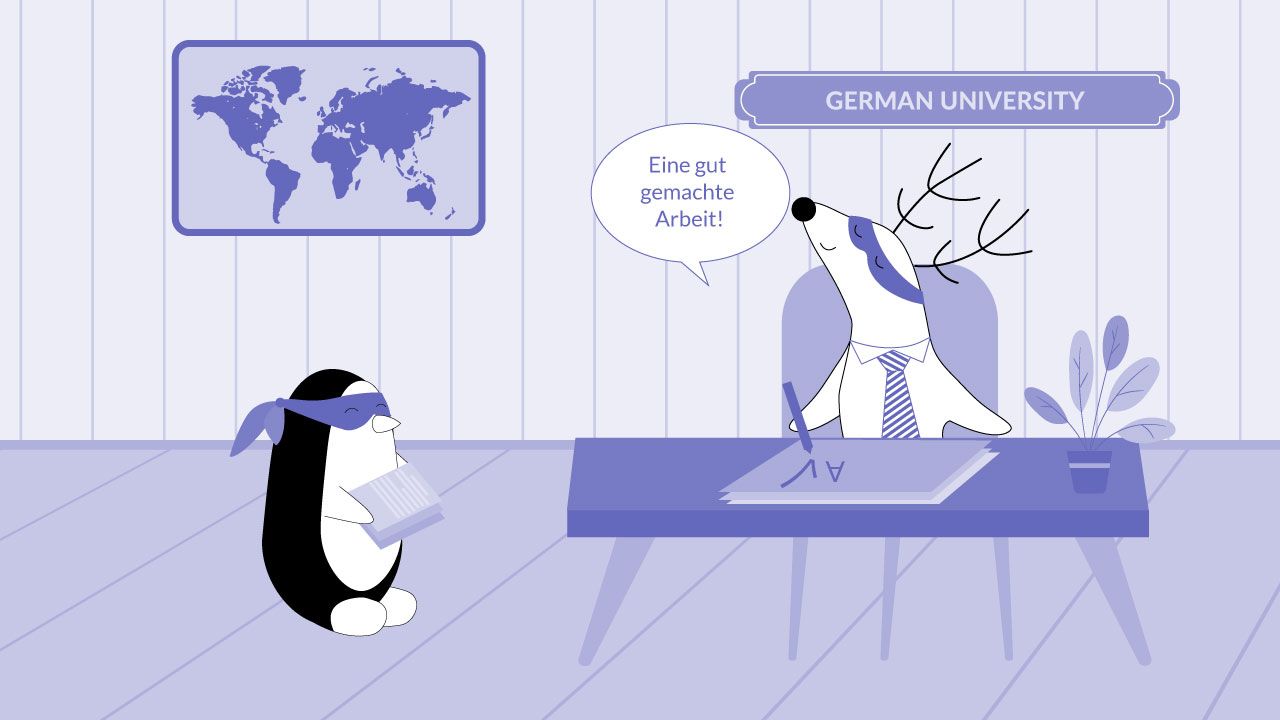
Sometimes, though, you will have to pay attention to the context of the sentence, as adjectives can also appear without endings in some situations.
German
English
Das ist gut.
That is good.
Adverbs in German Sentence Structure
In German, adverbs can be placed either before or after the word they modify, as well as in the beginning or middle of the sentence.
Here are some main rules:
- When an adverb is placed in the beginning of the sentence, the word order changes. The verb then comes before the subject, and the sentence has the following structure: adverb + conjugated verb + subject + rest of the sentence.
German
English
Glücklicherweise war er nicht laet.
Luckily, he wasn’t late.
- When the adverb is placed in the middle, it will stand before an accusative object but after a dative object.
German
English
Sie bat den Arbeiter ruhig um Rat.
She calmly asked the worker for help.
- Adverbs never come before personal pronouns. If both objects in the sentence are pronouns, the adverb comes after both of them.
German
English
Ich habe es dir langsam gegeben.
I slowly gave it to you.
- When there’s no object in the sentence, the adverb comes after the conjugated verb. If that is a reflexive verb, the adverb needs to be placed after the reflexive pronoun.
German
English
Sie hat sich sofort verlaufen.
She immediately got lost.
- If the verb is used with prepositions, the adverb comes before them.
German
English
Ich war gestern in der Schule.
I went to school yesterday.
Types of Adverbs
There are different types of adverbs in the German language. Each type has a specific function and serves a particular purpose. We can divide them into 6 groups: adverbs of time, place, manner, cause, relative adverbs, and conjunctive adverbs.
Let's take a closer look at each of these groups.
Adverbs of Place
Adverbs of place, or locative adverbs, express the location of an object or a person. They can be used to point out the position, direction, distance, or region of something.
Locative adverbs answer the question “where?”
German
English
Draußen schneit es!
It's snowing outside!
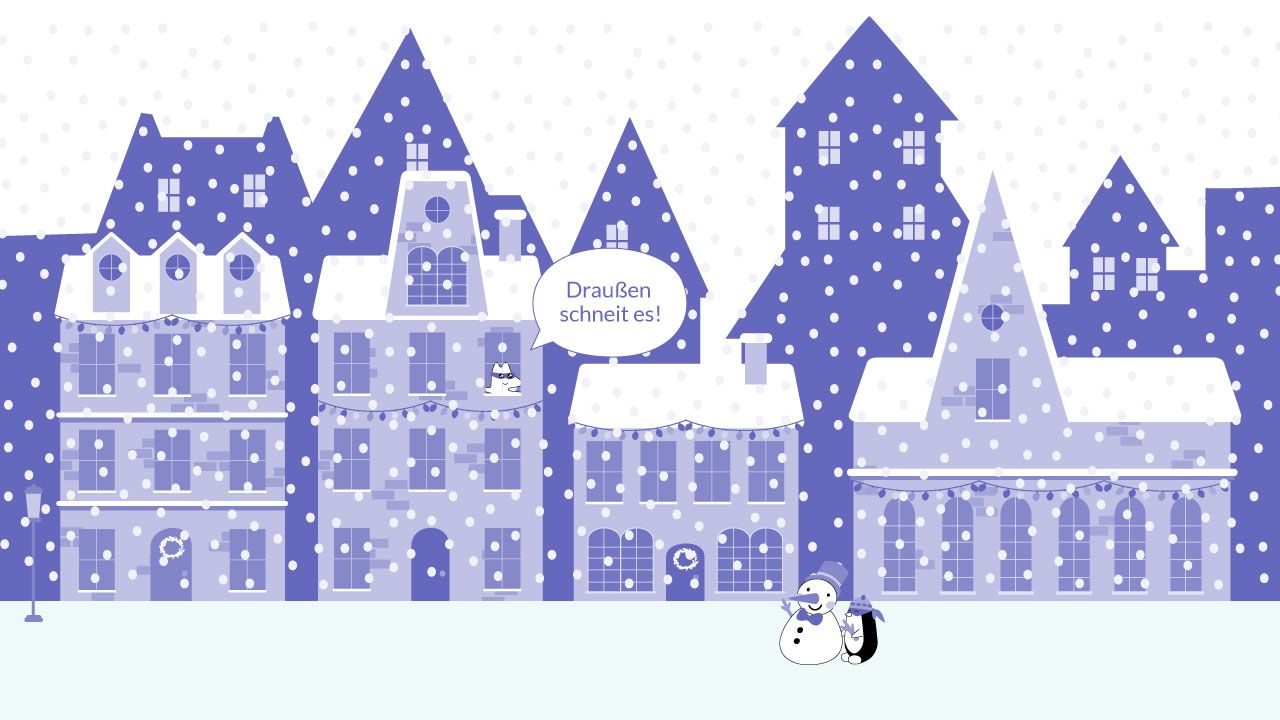
Here are some common adverbs of place in German:
German
English
da
there, here
dort
there, over there
irgendwo
somewhere
überall
nowhere
oben
above
unten
below
links
left
rechts
right
aufwärts
upwards
draußen
outside
drinnen
inside
hinein
into
hinten
behind
Adverbs of Time
Adverbs of time, or temporal adverbs, are used to describe when a certain action happens. They can be used to express the position of an event in time, or they can just tell us if something happened earlier or later.
Temporal adverbs answer the question "when?"
German
English
Ich habe ihn nur einmal getroffen.
I met him just once.
Here are some common examples:
German
English
gestern
yesterday
heute
today
jetzt
now, at present time
früher
earlier, previously (in past)
später
later, afterward (in future)
bald
soon
einst
once
immer
always
nie
never
Causal Adverbs
These adverbs are used to show the cause of an event or a situation. They express the reason, manner, method, or consequence behind something. These adverbs answer the question “why?”
German
English
Trotzdem war ich pünktlich.
Nevertheless, I was on time.
Here are some common causal adverbs:
German
English
dadurch
thus
darum
that’s why
also
so
trotzdem
nevertheless, anyway
demzufolge
as a result
folglich
consequently
Adverbs of Manner
These adverbs are used to describe the manner or the way in which something happens. They usually point out how, where, when, why, or in what condition a certain event took place.
These adverbs answer the question “how?” or “to what extent?” They can modify a whole sentence and not just one word.
German
English
Leider ist der Bus schon weg.
Unfortunately, the bus already left.
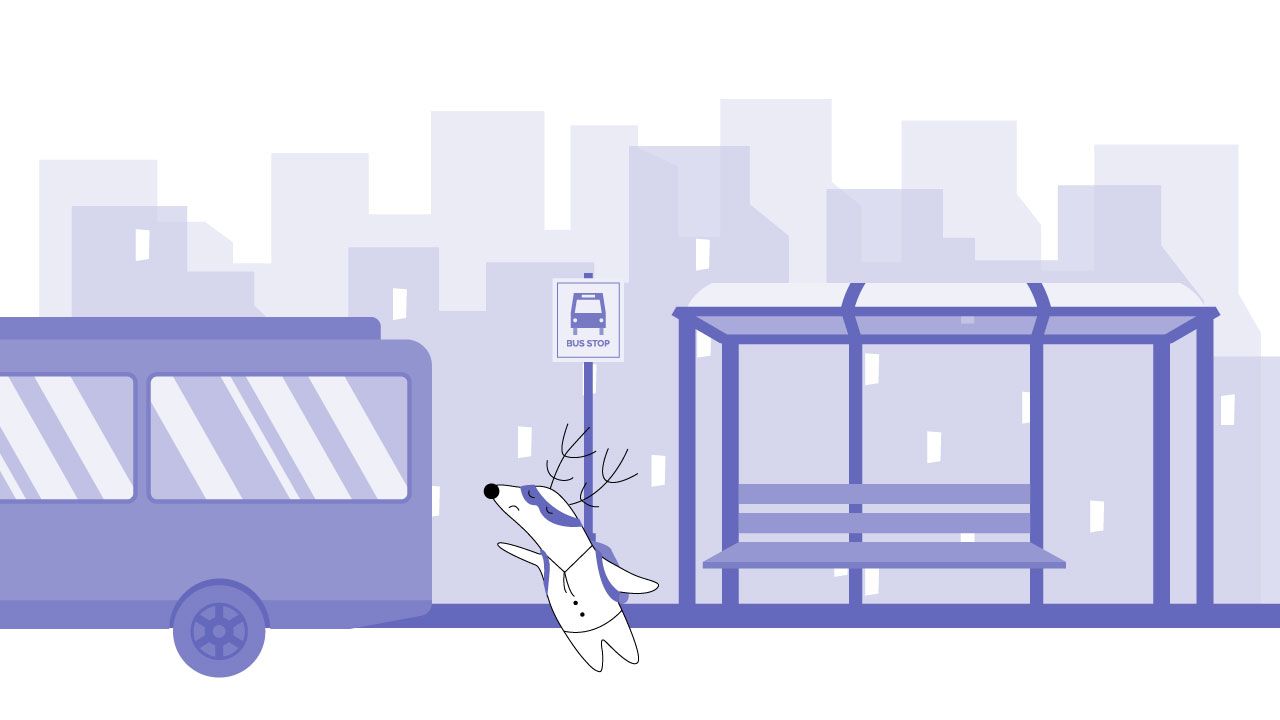
Here are some common adverbs in this group:
German
English
anders
differently
fast
almost
ganz
completely
gern
gladly
hauptsächlich
mainly
leider
unfortunately
sehr
very
vielleicht
maybe
Relative Adverbs
Relative adverbs are used to connect dependent clauses with independent ones. They also introduce a subordinate clause and give us additional information about the subordinate clause.
Relative adverbs often come in the form of the following construction: wo + preposition.
German
English
Er nahm das Geld heraus, womit er die Chips bezahlte.
He took out the money, with which he paid for the chips.
Here are some common relative adverbs:
German
English
wo
where
womit
with which
wofür
for which
worüber
about which
Conjunctive Adverbs
Adverbial conjunctions, or conjunctive adverbs, can be used to connect two independent clauses without any subordinating conjunction. These conjunctive adverbs are especially common in formal writing, such as academic texts.
Causal adverbs are often used as adverbial conjunctions.
German
English
Es war niemand in der Klasse, also bin ich gegangen.
There was no one in the class, so I left.
Some other conjunctive adverbs are:
German
English
außerdem
besides
folglich
as a result
schließlich
ultimately
zuvor
previously
Comparative and Superlative Forms of Adverbs
Most adverbs have only one form in German, unlike the English language. However, some adverbs can make comparatives and superlatives like adjectives. These are "bald" (soon), "gern" (gladly), "oft" (often), and "wohl" (good).
Here are their comparative and superlative forms:
| Adverb | Comparative | Superlative |
|---|---|---|
| bald | eher | am ehesten |
| gern | lieber | am liebsten |
| oft | öfter | am häufigsten |
| wohl | wohler | am wohlsten |
| Adverb | Comparative | Superlative |
|---|---|---|
| bald | eher | am ehesten |
| gern | lieber | am liebsten |
| oft | öfter | am häufigsten |
| wohl | wohler | am wohlsten |
Bottom Line
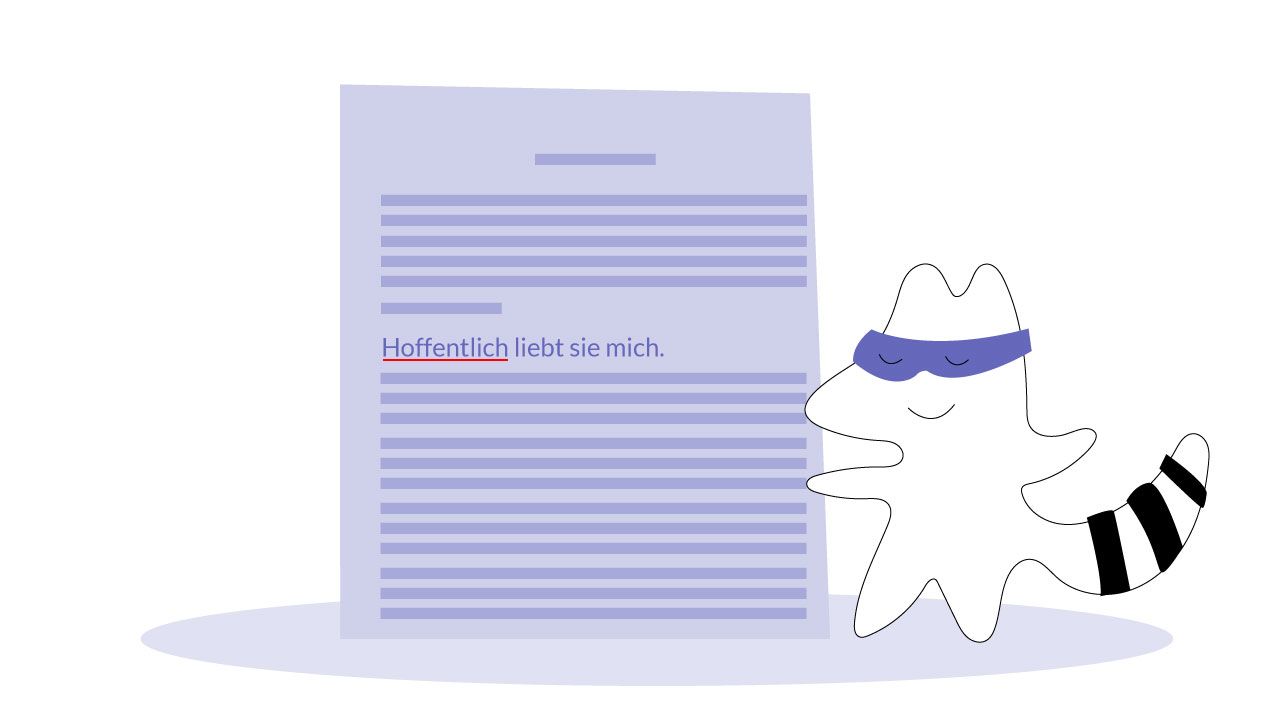
German adverbs are actually not that difficult to learn, and with a little practice, you will be able to use them effectively in your German conversations.
In this article, we’ve gone over the different types of adverbs, how they are used, and some common examples. We hope that this information has been helpful and given you a little more confidence when using German adverbs.
If you want to continue learning about German grammar, try diving deeper into more complicated parts of the language. With a little effort, you can soon be speaking German like a pro.









